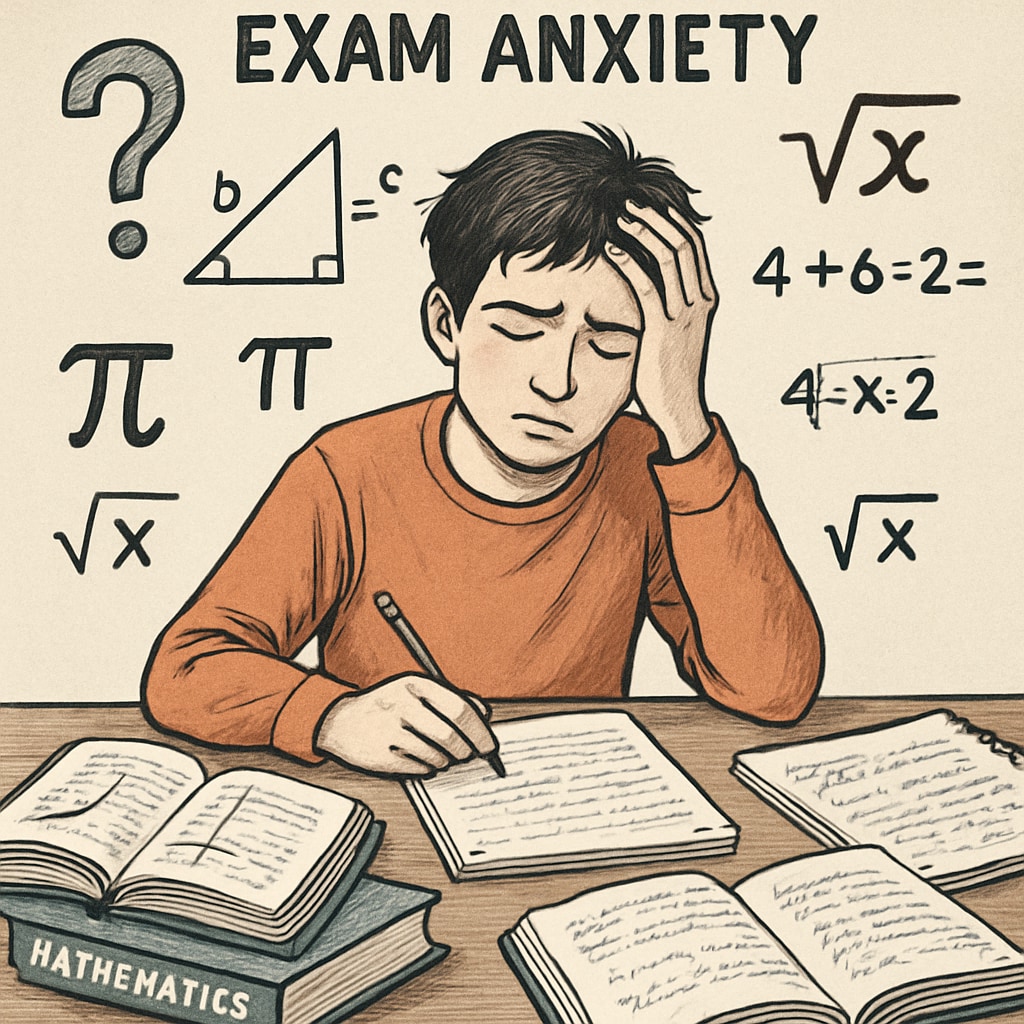Math exam anxiety, multiple-choice challenges, and academic pressure are common obstacles that many students face. These issues can significantly impact learning outcomes, leading to poor performance and diminished self-confidence. However, there are effective strategies to combat these challenges and foster a positive learning mindset. This article explores the causes and effects of math exam anxiety, along with actionable techniques to help students overcome stress and succeed academically.
Understanding the Impact of Math Exam Anxiety
Math exam anxiety is a specific form of test-related fear that can manifest in various ways, including physical symptoms such as sweating, rapid heart rate, and difficulty concentrating. This anxiety often stems from negative past experiences, societal pressure, or a fear of failure. Students struggling with math anxiety may avoid studying or practicing math altogether, which further affects their academic performance.
In addition, multiple-choice questions pose unique challenges for those with math anxiety. These types of questions often require critical thinking and problem-solving under time constraints. As a result, students may feel overwhelmed, second-guess their answers, or struggle to complete the test on time. The combination of anxiety and the format of multiple-choice exams creates a cycle of stress that undermines learning and confidence.

Practical Strategies to Overcome Math Exam Anxiety
To manage math exam anxiety effectively, students need both psychological and practical tools. Below are some proven strategies:
- Practice mindfulness: Techniques like deep breathing, meditation, or grounding exercises can help calm the mind and reduce stress before and during exams.
- Prepare systematically: Break down study material into manageable chunks and use practice tests to familiarize yourself with exam formats, including multiple-choice questions.
- Understand the question types: Multiple-choice questions often include distractors (incorrect options). Learning to spot patterns and eliminate unlikely answers can improve accuracy.
- Adopt a growth mindset: View mistakes as opportunities to learn rather than as failures. This shift in perspective can reduce fear and build resilience.
- Seek support: Talk to teachers, tutors, or peers about your struggles. Collaborative learning can boost confidence and improve understanding of difficult concepts.
By incorporating these strategies, students can gradually build confidence and reduce the negative effects of stress during math exams.

Building a Healthier Approach to Academic Pressure
Academic pressure is a significant contributor to math exam anxiety. However, adopting a balanced approach to studying and testing can alleviate this burden. Students should prioritize self-care, including adequate sleep, healthy eating, and regular physical activity. These habits improve overall mental health and cognitive functioning, which are essential for academic success.
Additionally, setting realistic goals and celebrating small achievements can help maintain motivation. For example, mastering one challenging concept at a time instead of aiming for perfection can make the learning process more manageable.
Finally, educational institutions and parents play a crucial role in minimizing academic pressure. Encouraging open communication, providing resources for stress management, and emphasizing the importance of effort over results can create a supportive environment for students.
Conclusion: Math exam anxiety, combined with the challenges of multiple-choice questions and academic pressure, is a significant hurdle for many students. However, with the right strategies and mindset, it is possible to overcome these obstacles, regain confidence, and thrive academically. By understanding the root causes of anxiety and implementing practical solutions, students can approach math exams with a healthier, more positive outlook.
Readability guidance: Use concise paragraphs, employ lists for clarity, and maintain a balance of active voice and transitional phrases. Focus on actionable advice while reducing passive constructions.


